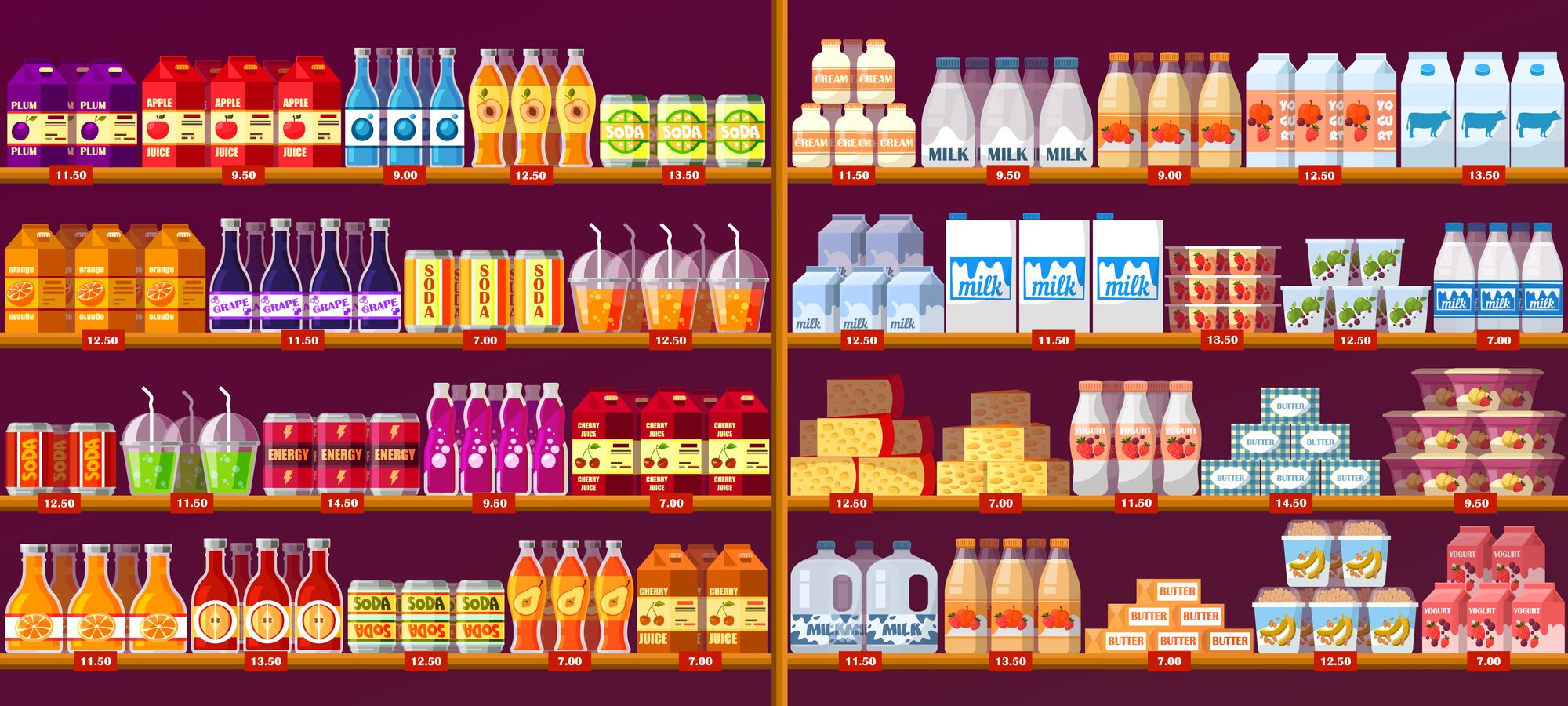
This checklist is designed to guide you through the process of optimizing your planograms for better product visibility, sales, and inventory management. Remember to adapt it to your specific needs and industry.
I. Before You Start
A. Data Collection & Analysis:
- Product Data: Gather information on product dimensions, weight, price, sales history, promotion schedules, profit margins, and category hierarchy. All this information can be readily available in Ariane or Ulys CRM
- Store Data: Collect details on shelf dimensions, fixture types, traffic patterns, promotional zones, and competitor placements. Ensure that the different stores clusters are identified and taken into account.
- Customer Data: Analyze demographics, purchase behavior, and buying preferences of your target audience.
B. Goals & Objectives:
- Define what you want to achieve with planogram optimization (e.g., increased sales, improved inventory turnover, enhanced customer experience).
- Set measurable Key Performance Indicators (KPIs) to track progress.
C. Constraints & Limitations:
- Identify any space limitations, budget restrictions, product compatibility issues, or merchandising guidelines that need to be considered.
II. Optimization Process
A. Assortment Planning
- SKU rationalization: Analyze sales data and identify slow-moving or unprofitable products that can be removed. You can automate this rationalization with Ariane’s Assortment optimization tool. Watch the Video here
- New product introduction: Consider adding high-demand or complementary products to optimize the mix. You can of course follow up in real-time on your New Items performances in Ariane.
- Category adjacencies: Group-related products to improve browsing and cross-selling opportunities.
B. Space Allocation
- Allocate shelf space based on product sales, profit margins, and promotional needs.
- Consider the "golden zone" principle: place high-demand products at eye level and within easy reach.
- Utilize vertical space effectively: stack products strategically to maximize shelf capacity.
C. Visual Merchandising:
- Use clear and consistent signage to aid product identification and navigation.
- Implement creative displays and promotional placements to attract attention.
- Maintain visual consistency with brand guidelines and overall store aesthetics.
D. Software & Tools:
- Consider using specialized planogram optimization software to streamline the process and generate data-driven recommendations. We warmly recommend our partner OpenCatman.
III. Post-Optimization
A. Implementation & Execution:
- Clearly communicate the optimized planogram to store personnel and ensure proper execution.
- Monitor stock levels and adjust the planogram as needed to maintain product availability.
B. Performance Measurement:
- Track your chosen KPIs to measure the impact of the optimized planogram.
- Conduct A/B testing to compare the performance of different planogram configurations.
- Continuously review and refine your planograms based on data and customer feedback.
How do I integrate the planogram optimization process with my existing inventory management system?
Integrating the planogram optimization process with your existing inventory management system is crucial for seamless operations. A best practice is to leverage specialized planogram optimization software that offers integration capabilities with various inventory management systems. You can explore tools that allow for data exchange and synchronization between the planogram software and your inventory management system. This ensures that product placements and inventory levels are aligned, allowing for accurate tracking and replenishment. Additionally, consulting with software providers or IT experts can provide tailored solutions for your specific integration needs.
What are the best practices for updating planograms in response to seasonal changes or promotions?
Updating planograms in response to seasonal changes or promotions requires a proactive approach and strategic planning. To effectively incorporate seasonal products or promotional items, establish a schedule for regular planogram reviews and updates. This ensures timely adjustments to showcase relevant products during different seasons or promotional periods. Collaborate closely with your marketing and sales teams to align planogram updates with upcoming promotions or seasonal campaigns. Utilize data analytics and sales forecasts to anticipate product demand and adjust shelf allocations accordingly. Engaging in continuous communication and coordination with all stakeholders ensures that planograms remain relevant and optimized for seasonal changes and promotions.
How can I engage and train store personnel to effectively implement and maintain the optimized planograms?
Engaging and training store personnel is essential for the successful implementation and maintenance of optimized planograms. Start by conducting comprehensive training sessions to familiarize store staff with the new planograms, emphasizing the importance of proper product placement and visual merchandising. Provide hands-on training with practical examples and demonstrations to reinforce learning. Encourage open communication and feedback from store personnel, fostering a collaborative environment where they feel valued and motivated to uphold the set standards. Implement regular check-ins and performance reviews to monitor adherence to planograms and address any challenges or concerns promptly. Recognizing and rewarding store personnel for their efforts and contributions towards maintaining optimized planograms can further boost morale and commitment to excellence.
Learn how you can easily create stunning planograms with OpenCatman and seamlessly integrate them with our Ariane Category Management Platform: OPENCatman - The free interactive planogram software